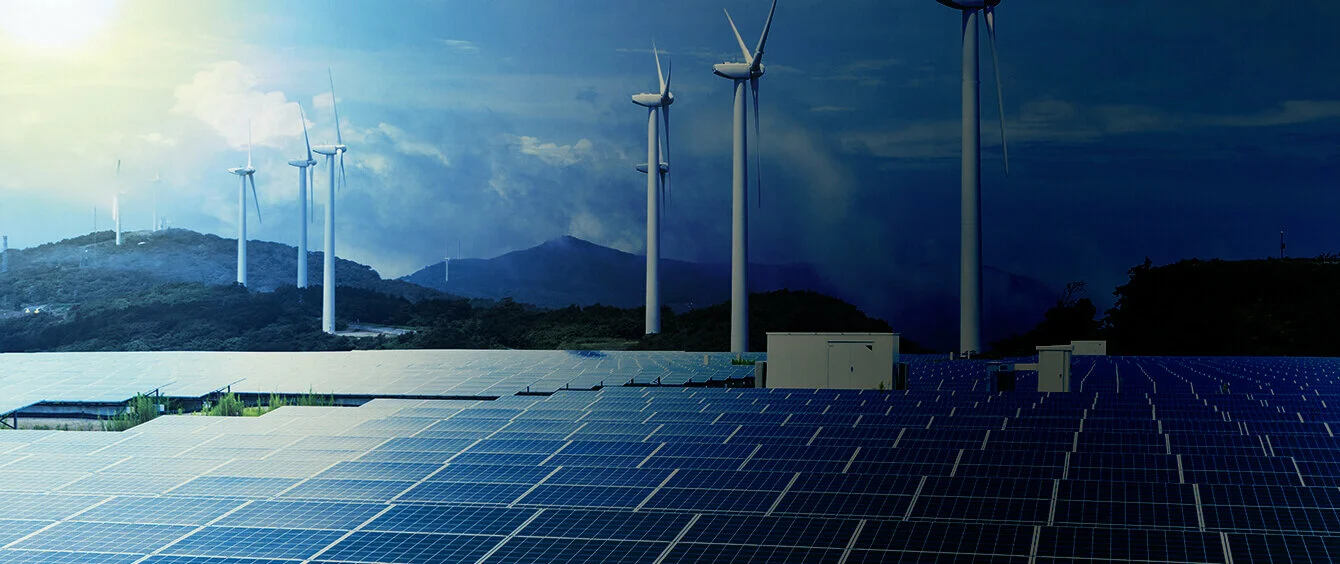The energy mix is becoming increasingly green, as the shares of wind and solar power are rapidly rising. Depending on the weather, they can now provide a significant portion of the electricity supply. But what happens when there is no wind to blow away the clouds?
Thick clouds cover the winter skies over huge swathes of Germany. And there’s nearly no wind to blow them away. This dreary time of year weighs on some people’s mood. But for renewables, it’s like a knock-out punch.
That’s exactly what happened in January 2017: from 17 to 25 January, thick clouds allowed almost no sunlight to get through to solar panels in Southern Germany. At the same time, extended lulls were registered in the North. As a result, electricity generation from the wind and sun almost came to a standstill. This phenomenon is referred to as the ‘dark doldrums’ and it once again highlighted how dependent the energy transition is on the weather. According to experts, such dark doldrums can occur several times a year.
Conventional generation fills the gap
Customers didn’t really notice the dark doldrums, because the utilities ramped up production from conventional power plants. Gas, coal and nuclear were all generating large volumes during the early days of 2017. At times they together supplied almost 90 percent of the electricity used in Germany. So: no problem, right? Wrong. No problem just yet.
This situation foreshadows a situation on the electricity market which may become a problem in the future.
Conventional reserves are expensive
Because many of the power plants which supplied the electricity needed during the dark doldrums in 2017 are gradually being decommissioned.
In order to guarantee a reliable capacity reserve, a reliable structural framework has to be in place. One example of this is what is known as the capacity market, which already exists in the United Kingdom. In the UK, power station operators offer the capacity of their plants as reserve. The amount of remuneration they receive for this is determined at auctions. One advantage of this for customers is that the competitors underbid each other in this process.
Renewables are fundamentally secure
Over the medium term, there is no alternative to providing electricity reserves using conventional power plants. At the same time, the German Meteorological Office (DWD) has essentially certified that renewables can provide energy reliably all year round.
The larger the area in question, the higher the likelihood that enough sun and wind will always be available for electricity generation somewhere. Energy from one region can then be used to cover shortfalls in other regions. Accordingly, a very high level of supply security could be achieved with a pan-European power distribution system.
However, this would require a significant expansion of the power grids and the reduction of bureaucratic obstacles. At the national borders in particular, even within the EU, there are still numerous bottlenecks, which hinder pan-European power distribution. The integration of renewables and providing reserves to buffer their volatility thus remains one of the central challenges in transforming the energy sector, especially in the EU.
Photo credits: metamorworks, shutterstock.com
